Understanding Pest Control Basics
Pest control is a vital practice that ensures the safety and comfort of our living spaces. Whether you are a homeowner or a business proprietor, understanding the fundamentals of pest control can significantly enhance your ability to manage various pest problems effectively. From identifying different types of pests to implementing effective treatments, this guide aims to provide you with a comprehensive overview of pest control and its importance in maintaining a healthy environment. A professional approach to pest control can make all the difference when it comes to safeguarding your property against unwanted invaders.
What is Pest Control?
Pest control refers to the process of managing and eliminating unwanted insects, rodents, and other organisms that pose threats to human health, property, or agriculture. This management process can range from preventative measures like sealing entry points to using chemical treatments for active infestations. Its purpose is to create a healthy living and working environment.
Common Types of Pests
Understanding common types of pests can help you identify potential threats in your home or business. Here are some of the most frequently encountered pests:
- Rodents: Includes mice and rats, which can damage property and spread diseases.
- Insects: Such as ants, cockroaches, and termites that can cause structural damage and health issues.
- Parasites: Fleas and ticks are common in homes with pets and can affect both animals and humans.
- Beds Bugs: These pests hitchhike in luggage and can cause discomfort through bites.
- Wildlife: Raccoons, squirrels, and birds can invade attics and basements, leading to property damage.
Why Pest Control is Essential
Pest control is essential for various reasons, including:
- Health and Safety: Pests can carry diseases that affect human health, making pest control crucial for public health.
- Property Protection: Regular pest management protects structures from damage caused by pests such as termites and rodents.
- Food Safety: In food production settings, pests can contaminate food products, leading to economic losses and health risks.
- Peace of Mind: Effective pest management allows property owners to live and work without the worry of infestations.
Choosing the Right Pest Control Services
When faced with pest problems, choosing the right pest control service is crucial. The effectiveness of the treatment depends on the company’s expertise, methods, and customer service.
Factors to Consider When Hiring
Here are key factors to consider when selecting a pest control service:
- Experience and Reputation: Look for a company with a solid track record and positive customer reviews.
- Certification: Ensure the company is licensed and certified to provide pest control services legally and safely.
- Methods Used: Inquire about the treatment methods employed and ensure they align with your safety and environmental standards.
- Warranty and Follow-up: A reliable service often provides a warranty or follow-up visits to address any recurring issues.
Evaluating Pest Control Methods
Not all pest control methods are created equal, and it’s essential to understand the different approaches professionals take:
- Chemical Treatments: Involves using pesticides to eliminate pests but requires careful application and safety precautions.
- Physical Methods: Traps and barriers that prevent pests from entering specific areas.
- Biological Control: Utilizing natural predators to manage pest populations, a method that is environmentally friendly.
- Integrated Pest Management (IPM): A holistic approach that combines multiple methods for effective pest control while minimizing harm to the environment.
Questions to Ask Your Pest Control Provider
When interviewing pest control companies, it is wise to ask a few pertinent questions:
- What types of pests do you specialize in?
- What are your treatment options and how do they work?
- Do you provide a written estimate and guarantee?
- What safety protocols do you follow when applying treatments?
- How will you monitor and follow up after treatment?
DIY Pest Control Solutions
In some cases, homeowners may prefer to take a DIY approach to pest control. Here are some effective methods and products that can help in managing minor infestations.
Effective Pest Control Products
Numerous pest control products are available on the market. Key types include:
- Insecticides: Target specific bugs, such as cockroaches or ants.
- Rodenticides: Designed to eliminate mice and rats safely and effectively.
- Traps: Snap traps for rodents, sticky traps for insects, and pheromone traps for moths and beetles.
- Repellents: Products that deter pests like mosquitoes from entering your living space.
Home Remedies for Common Pests
Homeowners can create effective pest control solutions using everyday household items. Here are some popular remedies:
- Vinegar: A natural repellent for ants and spiders when mixed with water.
- Boric Acid: Effective against cockroaches and can be spread in hidden areas.
- Baking Soda: A safe method for controlling ants and cockroaches when mixed with sugar.
- Essential Oils: Oils like peppermint and tea tree can repel insects when sprayed around entry points.
When to Seek Professional Help
While DIY solutions are effective for minor issues, some situations necessitate professional intervention:
- When infestations are severe and unmanageable.
- If you are dealing with potentially dangerous pests like termites or venomous spiders.
- When health risks are involved, such as in food production environments.
Preventative Measures for Pest Control
Prevention is often the best pest control strategy. Implementing proactive measures can help keep pest issues minimal.
Seasonal Pest Prevention Tips
Pests vary seasonally, which means prevention efforts should adapt accordingly:
- Spring: Inspect and seal cracks to prevent ants and termites.
- Summer: Keep food sealed and remove standing water to deter insects.
- Fall: Trim trees and shrubs near your home to minimize pest entry points.
- Winter: Check basements and attics for signs of rodents seeking warmth.
Maintaining a Pest-Free Environment
Ongoing maintenance is vital for pest control:
- Regular cleaning reduces food sources for pests.
- Sealing gaps and using weather stripping can block entry points.
- Regularly inspecting for signs of pests can help catch infestations early.
Landscaping and Pest Control
Landscape design impacts pest control in significant ways:
- Maintain distance between plants and structures to reduce pest hiding spaces.
- Use native plants that attract beneficial insects.
- Regularly clear debris and dead vegetation that might harbor pests.
The Future of Pest Control Practices
The pest control industry is evolving rapidly, driven by technological advancements and environmental concerns.
Innovations in Pest Control Technology
New technologies are transforming pest control methods:
- Smart Traps: Devices that use sensors and smartphones to monitor and capture pests instantly.
- Drones: Used for large-scale inspections or applying pesticides in hard-to-reach areas.
- Data Analytics: Allow companies to predict pest populations using environmental data.
Eco-Friendly Pest Control Options
As environmental awareness grows, eco-friendly pest control measures gain popularity:
- Organic Pesticides: Offer safer alternatives to traditional chemicals.
- Pest Preventative Techniques: Such as planting pest-resistant crops in agriculture.
- Consumer Awareness: Increasing demand for environmentally responsible products.
The Role of Pest Control in Public Health
Pest control significantly impacts public health through various channels:
- Controlling vectors that transmit diseases like Zika or West Nile virus.
- Reducing allergens and pollutants found in pest droppings.
- Ensuring food hygiene and safety standards in food-related businesses.
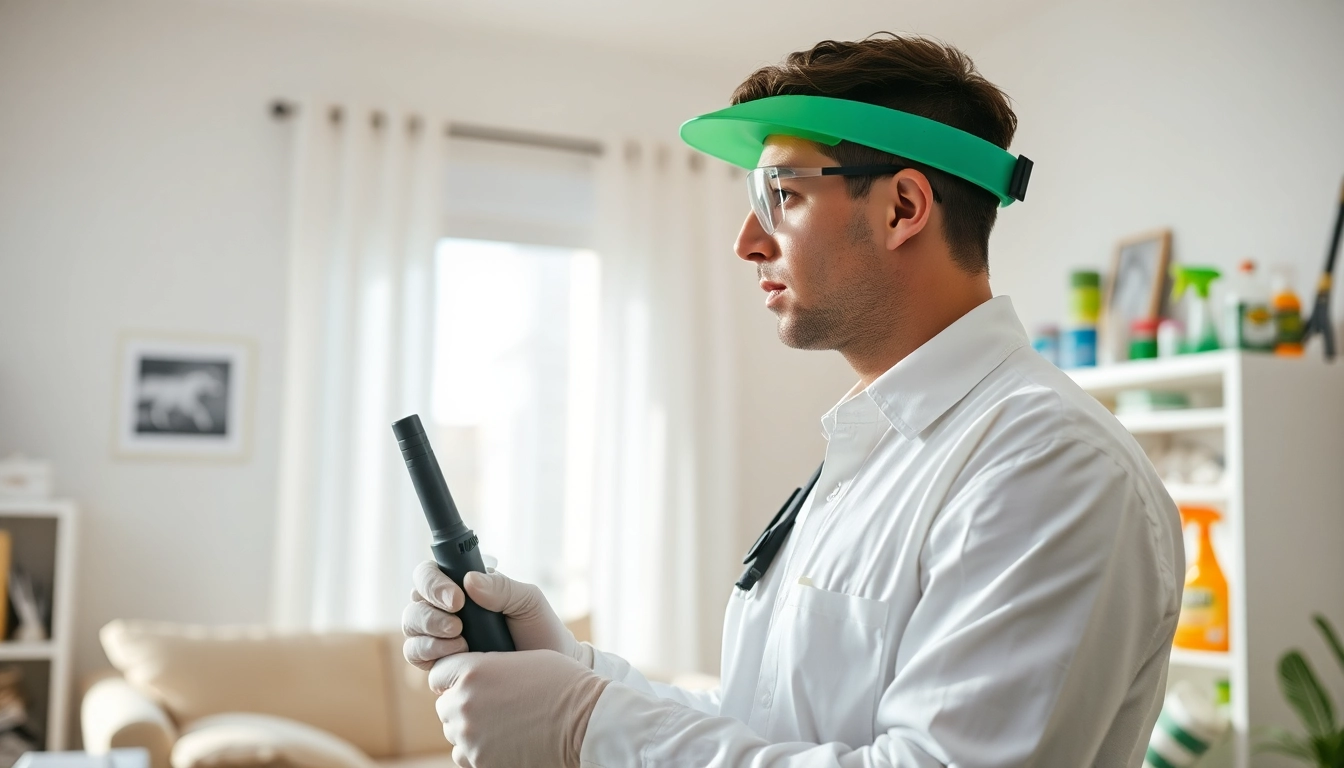





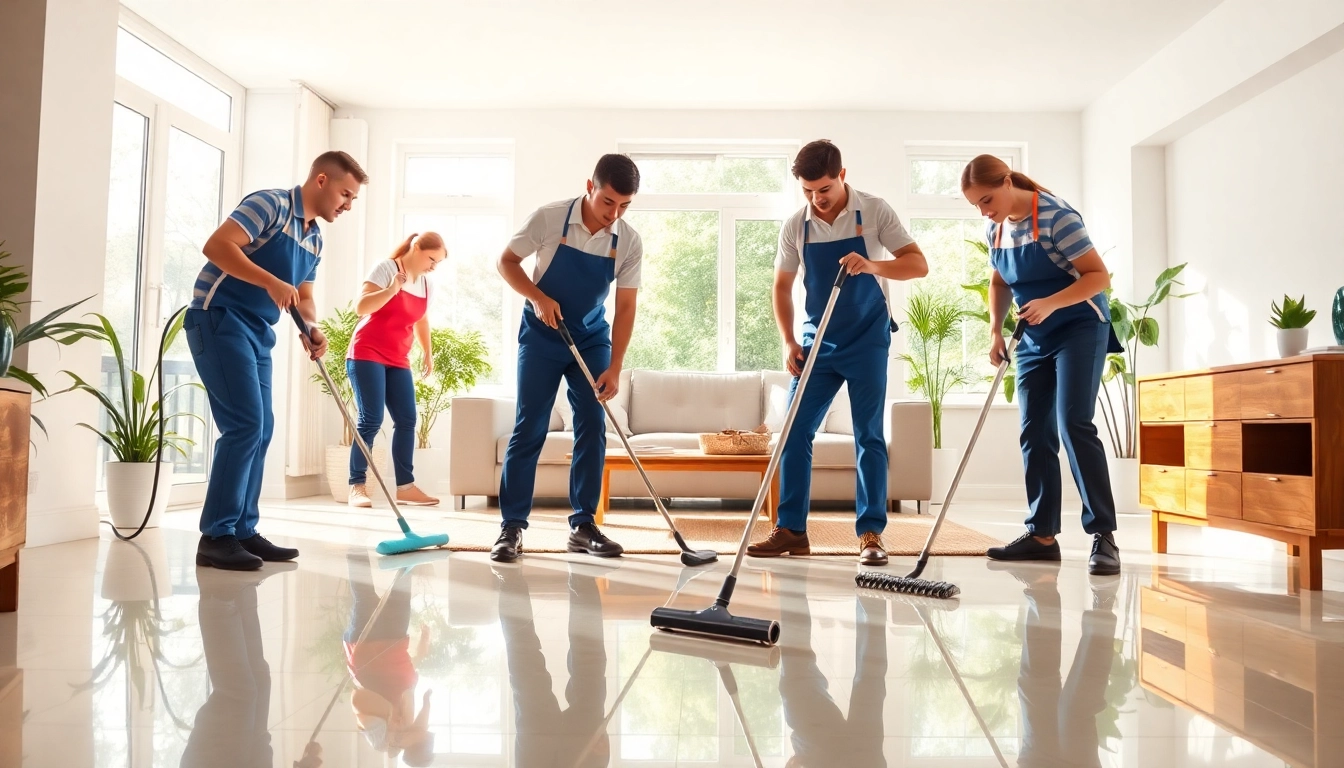

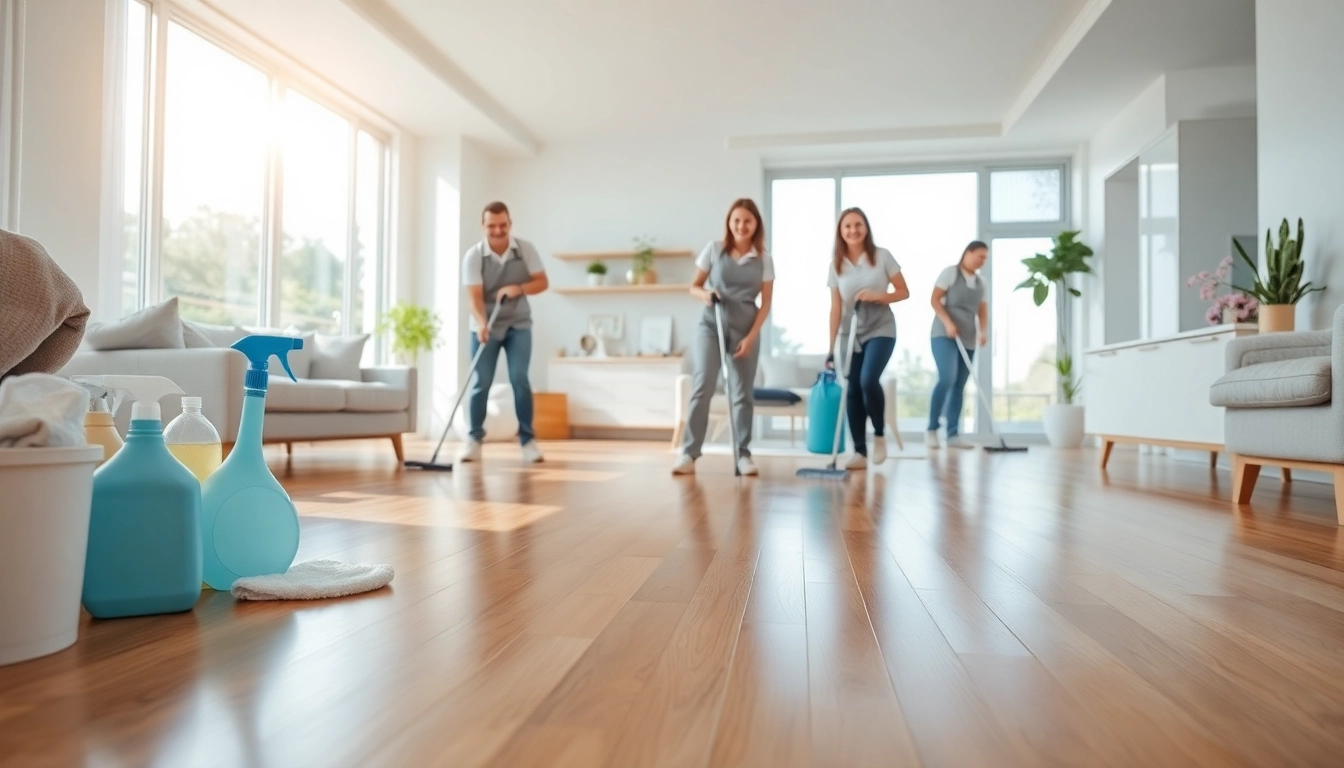
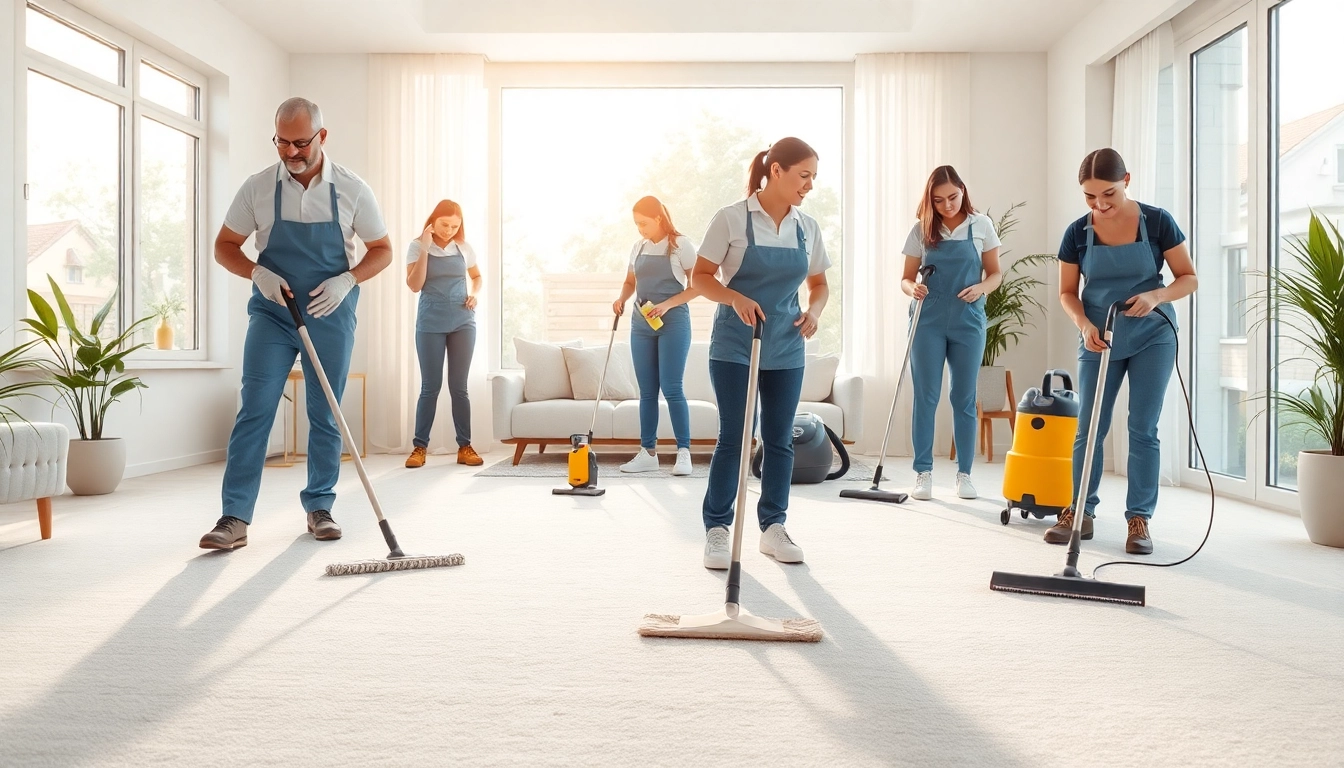

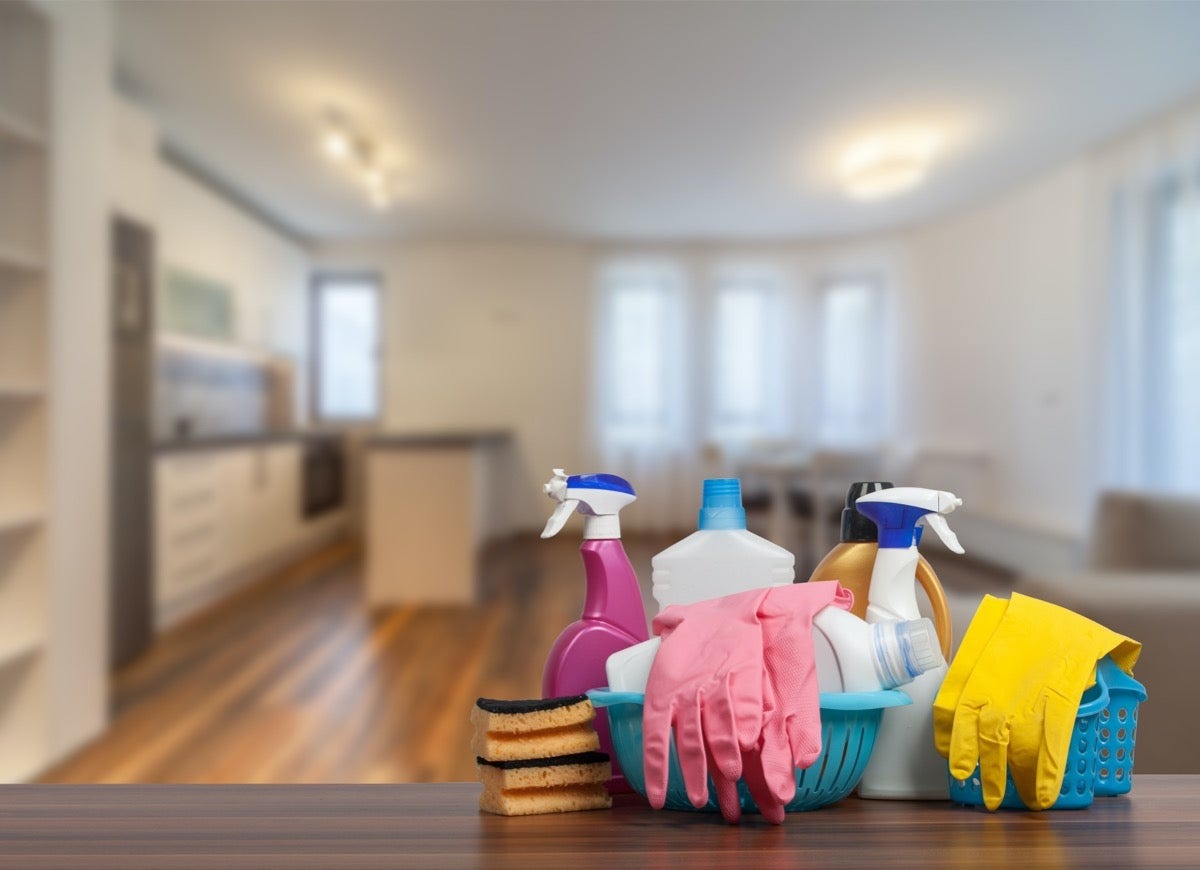



Leave a Reply